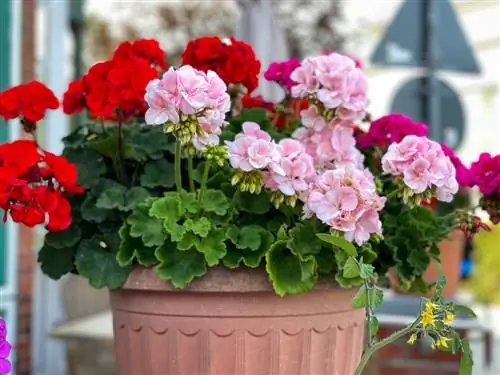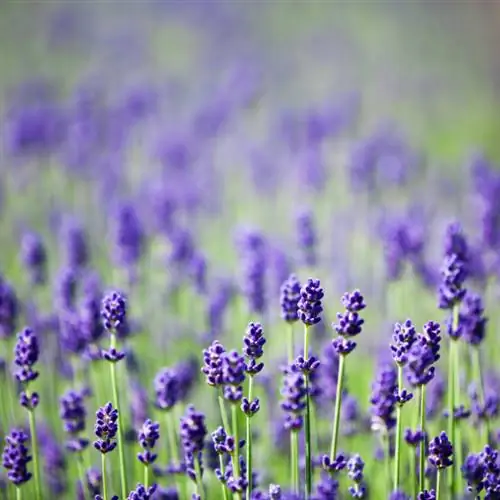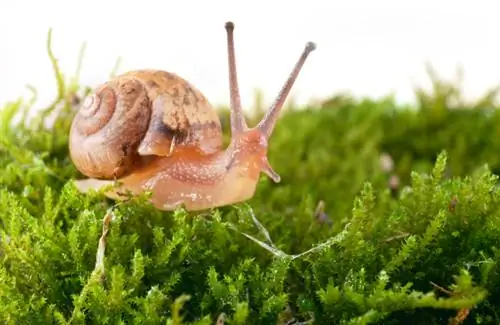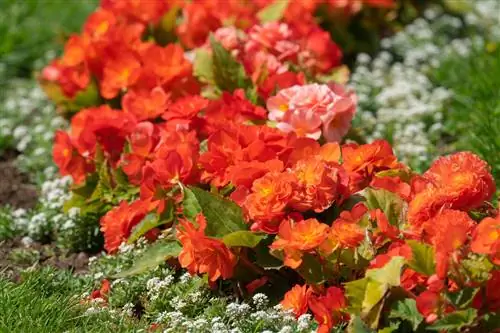- Author admin [email protected].
- Public 2024-01-05 20:48.
- Last modified 2025-01-23 11:22.
Another trail of slime in the garden? If this happens or the lettuce is repeatedly nibbled on and snails also destroy other plants, cultivating cranesbill can work wonders. We report on the relationship between snails and the popular garden plant.
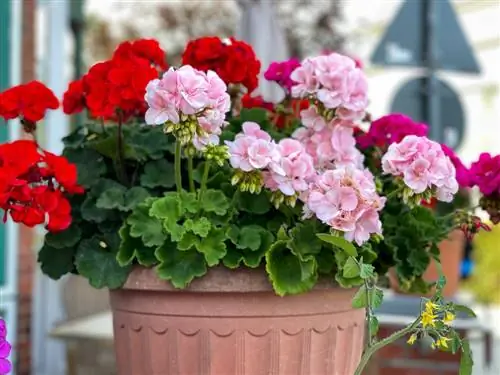
Do snails eat cranesbills?
Snails don't eat cranesbill because its hairy leaves deter snails. Planting cranesbills, especially around lettuce beds and slug-prone plants, effectively helps control slugs in the garden.
Is cranesbill eaten by snails?
Snails do not eat cranesbills, unlike many other plants and especially salads that are intended for human consumption. Cranesbill is one of the snail-resistant flowers, which is why it is very valued by gardeners.
Why doesn't cranesbill like snails?
The fact that cranesbill doesn't like snails and won't be nibbled by them is because the plant hashairy leaves. This fluff easily deters snails.
Where do you plant cranesbills to combat slugs?
Especiallythe garden areaaround lettuce beds is a suitable place to plant cranesbills. Snails then not only disdain the cranesbill itself, but also no longer have the opportunity to get into the salad bed.
Also in thenear other plants where snails like to be Eating and thus destroying buds and young shoots in spring is a good place for the cranesbill. Such flowers are for example:
- Student flowers
- Dahlias
Can cranesbill work as a ground cover against snails?
Cranesbill, when planted over large areas as ground cover or underplanting for trees and hedges, canwork very well against snails. Wherever the plant grows, snails no longer feel comfortable. The larger the area on which cranesbill is cultivated, the more successfully snails can be repelled in the garden. The easy-to-care plant, which quickly spreads into a dense carpet, is far more effective as a snail repellent than a snail fence or chemical agents.
Tip
Diversity against snails
The cranesbill is not the only plant that keeps snails out of the garden. If you want to create a diverse garden, you can also combat this with plants that contain substances that are toxic to the reptiles: monkshood, lily of the valley and peonies are suitable, for example. However, if children play in the garden, caution is advised with these plants - even small amounts of them are also poisonous to humans.

